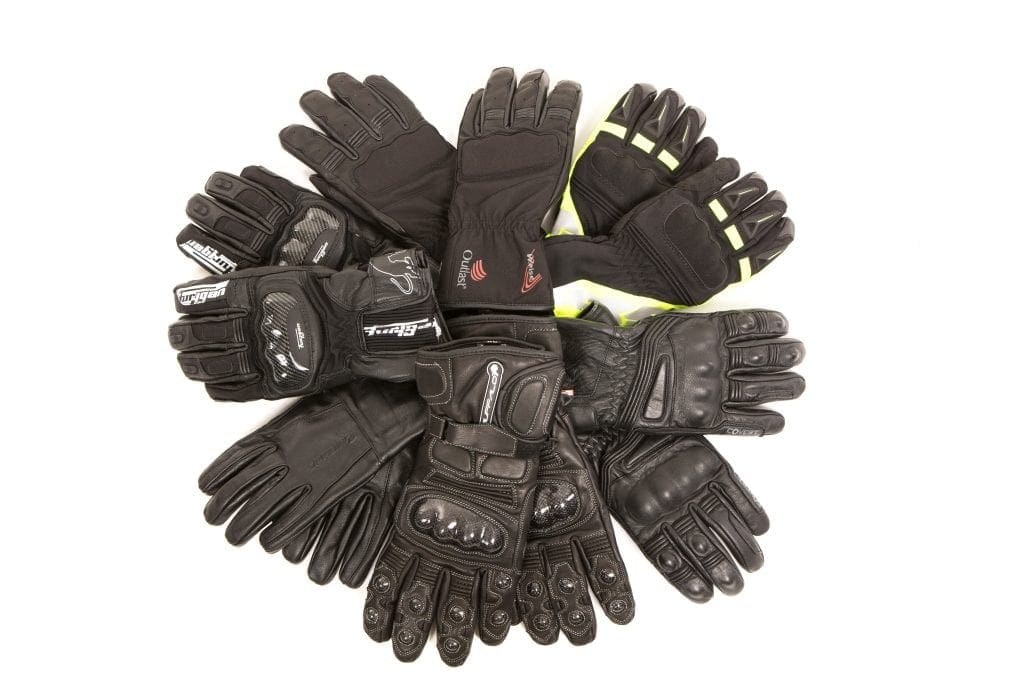Is there such a thing as a glove that works all year round?
Gloves are arguably one of the most important bit of riding kit. The French certainly think so as they recently made it compulsory for riders to wear protective gloves as well as a crash helmet. Here in Blighty, a helmet remains the only legal requirement when it comes to riding kit, but any sensible biker will surely wear a pair of gloves too.
The question is, what kind of gloves are the best ones? Ones with armour? Water and windproof ones? The comfiest you can find? Or is it possible to find all those qualities in a single pair? The answer is yes and no: there are all-season gloves that can do all this, but as with any one-size-fits-all solution there will be some compromises to be made.
WHAT TO LOOK FOR IN ALL-SEASON GLOVES:
Enjoy everything More Bikes by reading monthly newspaper, Read FREE Online.
Waterproofing: There are various technologies, such as Gore-Tex, used to waterproof gloves. The idea is that water stays out but the glove still remains breathable to stop your hands sweating. If the system works well, you have a glove that works in wet and dry conditions.
Material: Textile materials are usually better at repelling water than leather and dry out more quickly, although they may not offer as much protection. One option is to go for textile gloves that have a leather palm and leather reinforcements on the back of the hand.
Insulation: This is the tricky bit about all-season gloves. In winter a well-insulated glove keeps your hand warm, but in summer any excess insulation will make you too hot. Some gloves manage a balance by relying more on the outer layer taking care of the wind-chill and reducing insulation inside the glove.
Feel: Thicker gloves tend to be warmer (more insulation) but may compromise your feel on the controls. Always check you can easily operate your bike’s switches and levers with your gloves on before buying. Thinner gloves offer better feel on the controls, but lack warmth. A happy medium can be found with some all-season gloves being surprisingly light, while still warm.
Fastenings: Cuffs are much more about fitment and comfort, whereas an effective wrist restraint is vital as gloves are no good if they get pulled off in a crash. Velcro straps across the wrist on the palm side are better than a strap on the back. Cuffs ensure gloves fit tightly and keep draughts out.
Advert
Enjoy everything More Bikes by reading the MoreBikes monthly newspaper. Click here to subscribe, or Read FREE Online.




